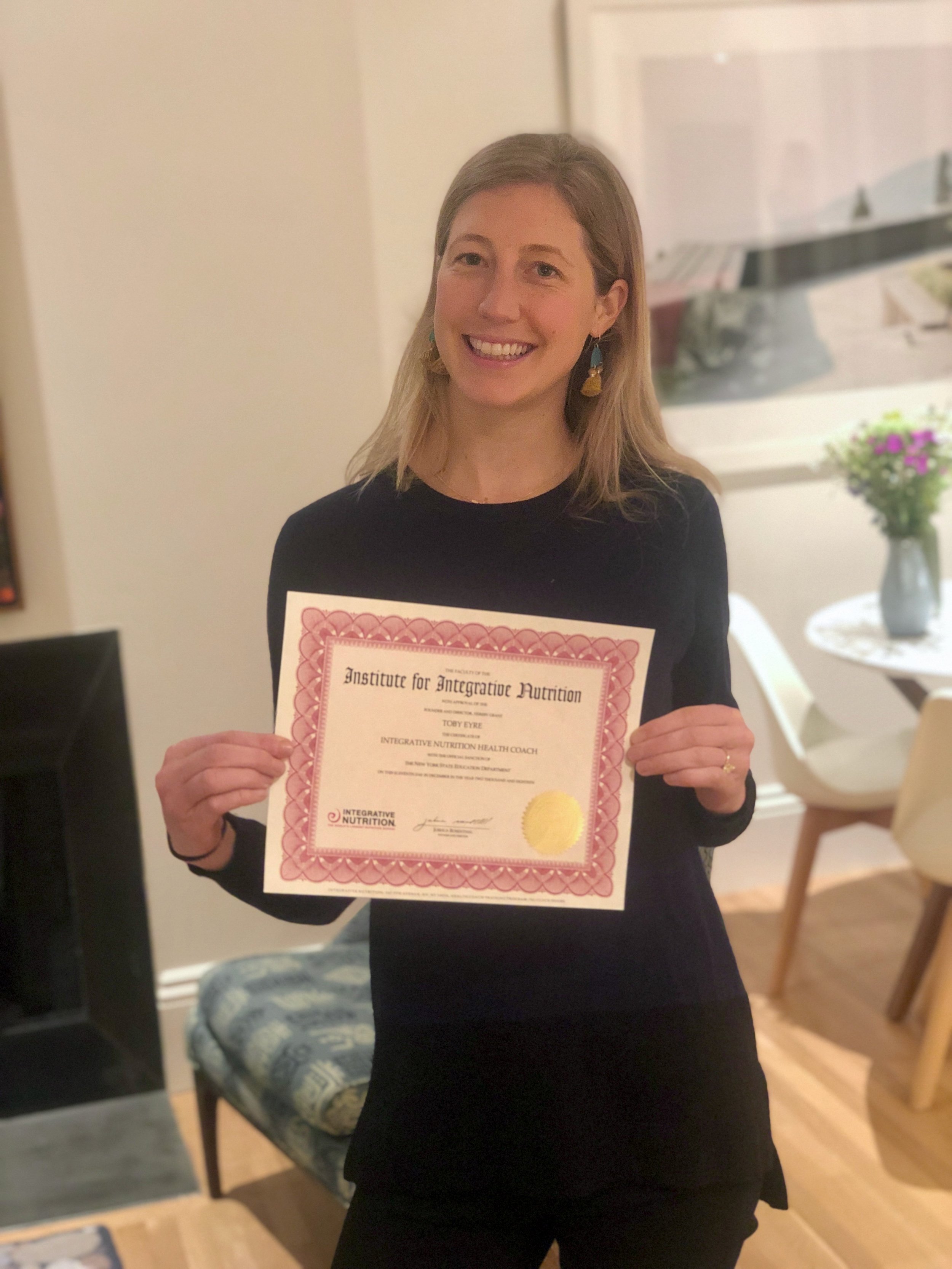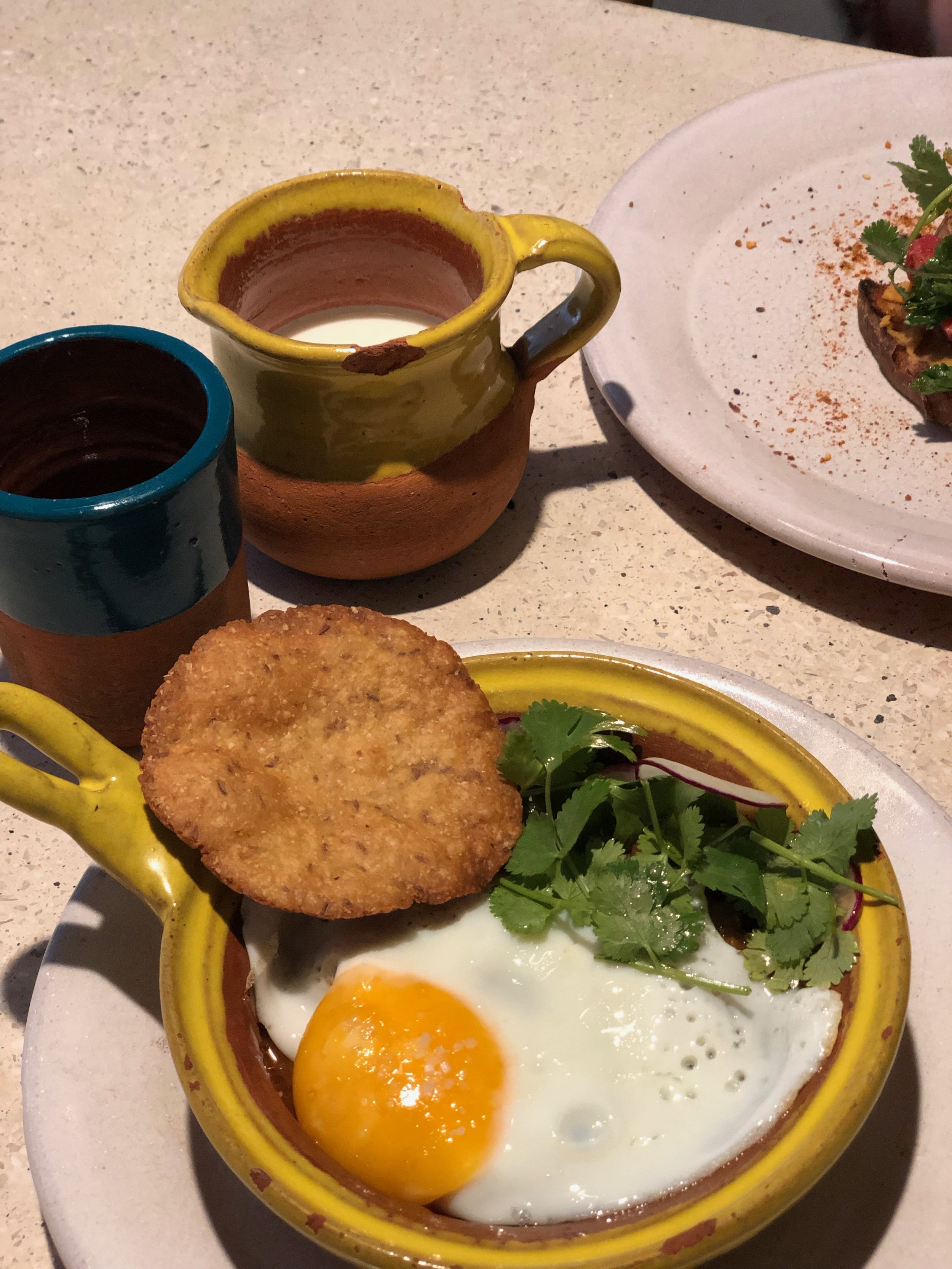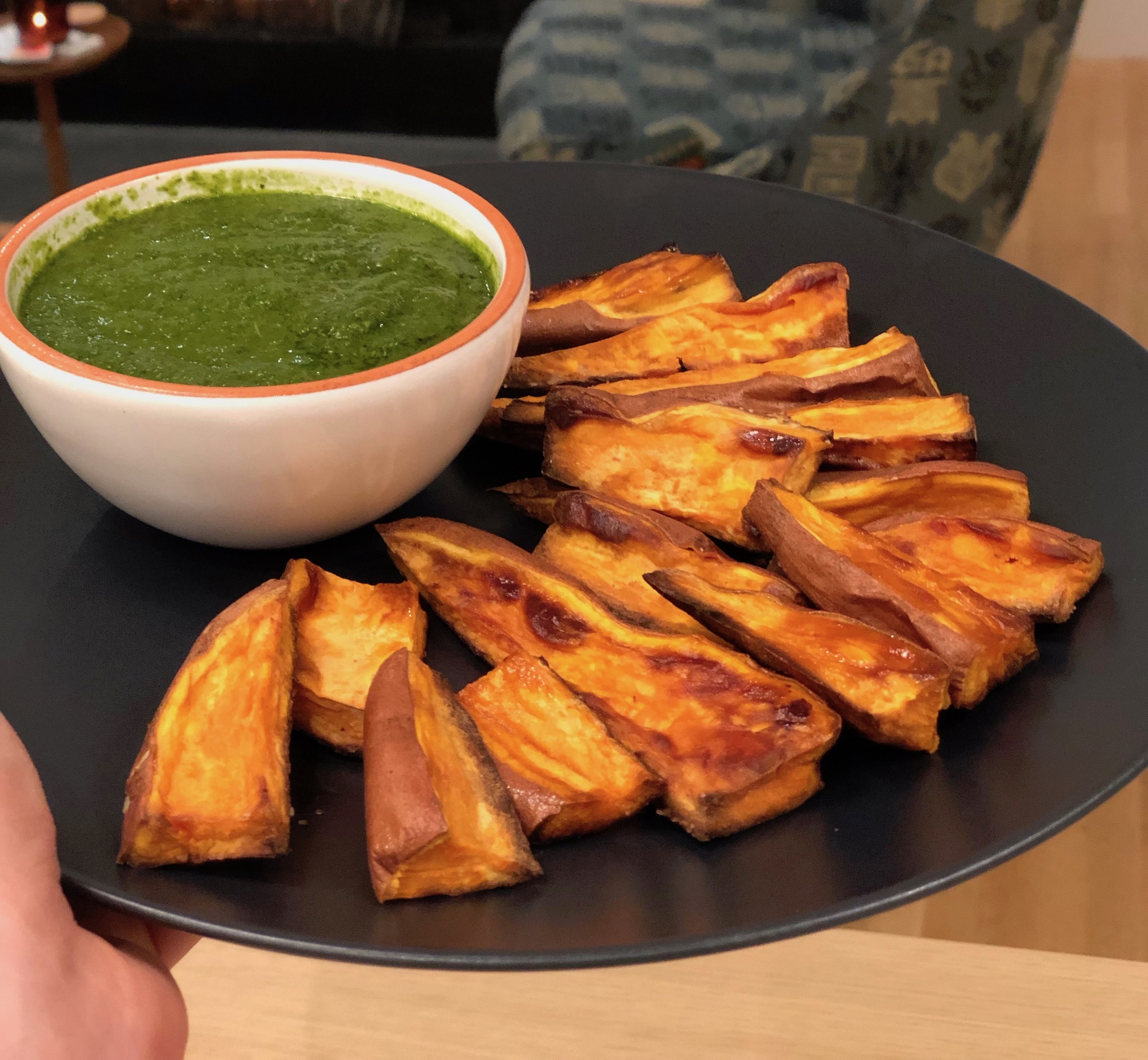I feel like we’ve all heard the term: macronutrients, right? But only when I started learning more deeply about them at the Institute for Integrative Nutrition (IIN), did I really feel like I understood this term. It’s funny to me that we all know the government’s “food pyramid” and “my plate,” yet most of Americans don’t know what the three components to our diet actually are. Well I am going to simply break down what the three macronutrients are and share how you can best use this information for an optimal diet.
What are the three macronutrients?
Protein
Fat
Carbohydrates
And guess what? We need all three! Yes, carbs and fats included. However, it’s the QUALITY that really matters here. Read on to learn more!
Proteins: Proteins are made up of amino acids, which are essential for cell growth and repair, forming and maintaining muscles, and providing energy to our brains. Good sources are:
fish (ideally wild caught)
organic, pasture-raised eggs
chicken (ideally organic and pasture raised)
beef (ideally organic and grass-fed)
quinoa
legumes (beans, lentils, chickpeas)
Carbohydrates: Our body breaks carbs down into glucose, which we use as energy. I used to think of carbs as breads, pastas, cereals, etc… Now I finally know that most plant-based foods make up the bulk of this category in the form of complex carbohydrates!
Simple Carbs (processed/refined carbs, like candy, baked goods, pastas made with white flours, sugar) release glucose quickly, which results in low energy levels, cravings, overeating, weight gain, and brain fog. This is the type we want to AVOID.
Complex Carbs (fruits, vegetables, whole grains, legumes) have fiber and they release glucose more slowly, which leads to more sustained energy levels. This is the type we want to INCLUDE.
Healthy Fats: Healthy fats help with vitamin absorption, regulating hormone production, and with mood and brain health. Eating (good) fat doesn't make us fat!
Trans-fats: found in processed foods (fried foods, pre-packaged cookies, ice cream) and highly refined oils (canola, vegetable, corn, soy) clog arteries and lead to weight gain. They have no health benefits. AVOID these types of fats.
Healthy Fats include: avocados, nuts, seeds, salmon, olive oil, coconut oil, and ghee.
I hope this has been helpful to you! Bottom line, eat real foods that are nutrient-dense, mostly vegetables supplemented with high-quality sources of proteins and fats!
Sources and additional reading:
https://www.mindbodygreen.com/0-6029/3-Common-Carb-Misconceptions.html
https://www.naturalbalancefoods.com/community/dietary-needs/what-are-macronutrients-micronutrients/
https://draxe.com/macronutrients/












































